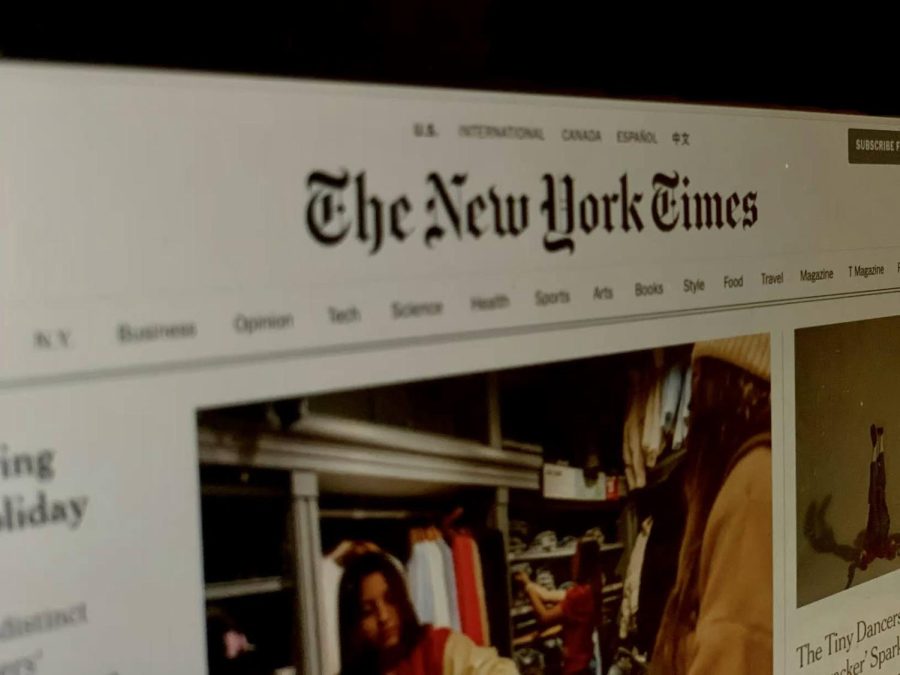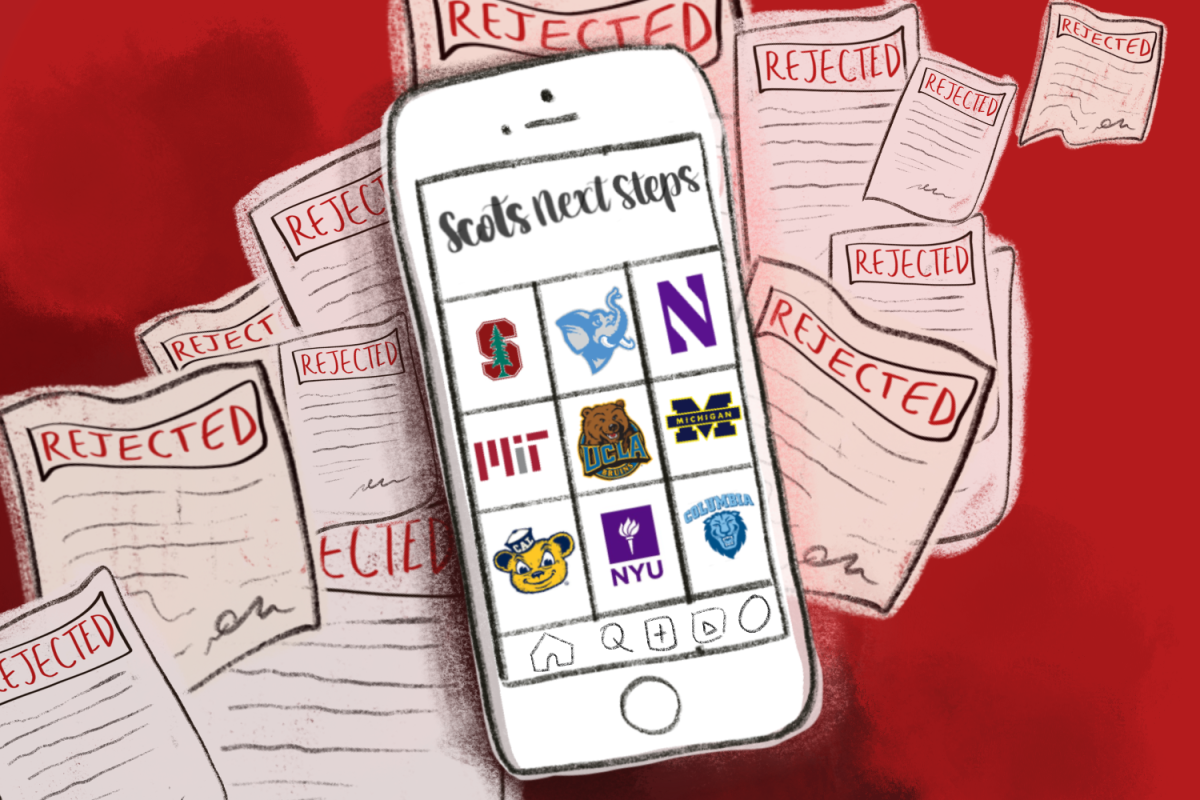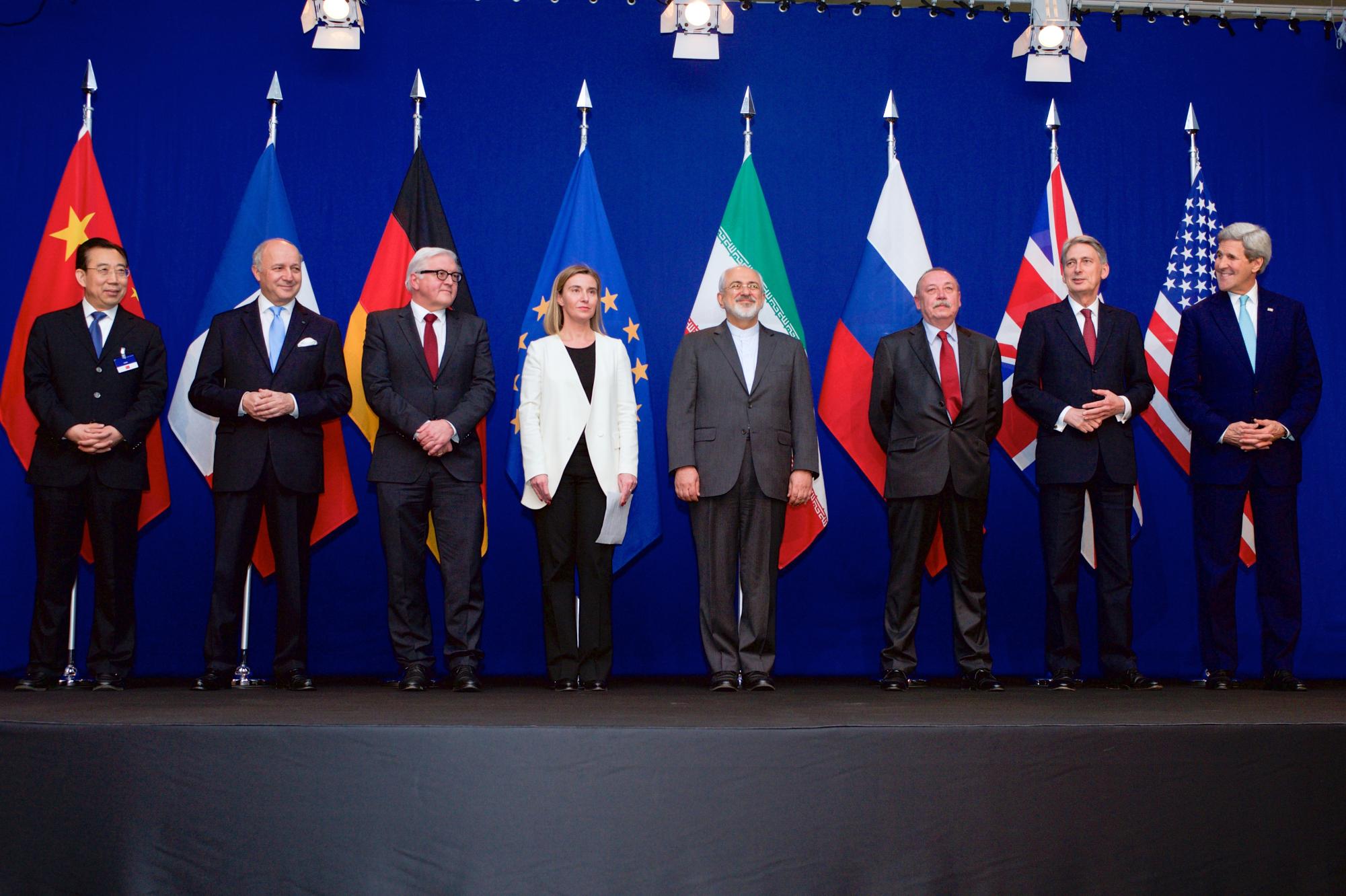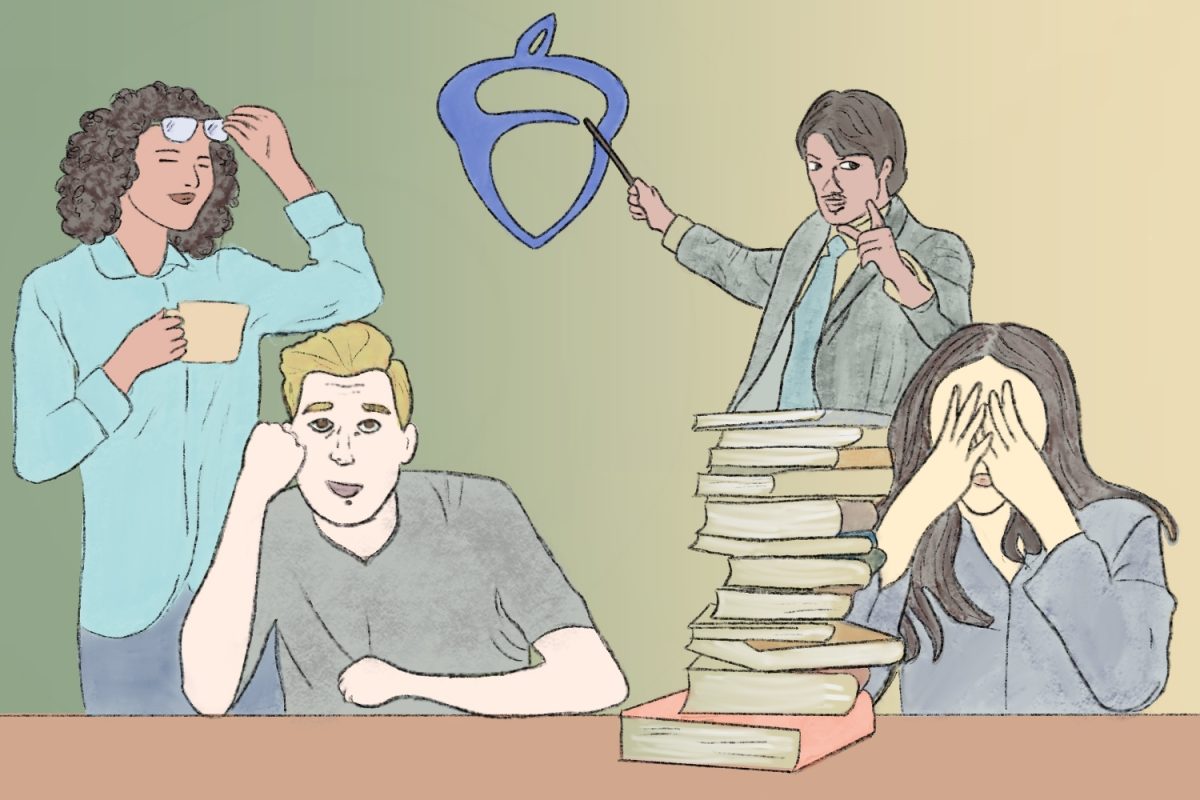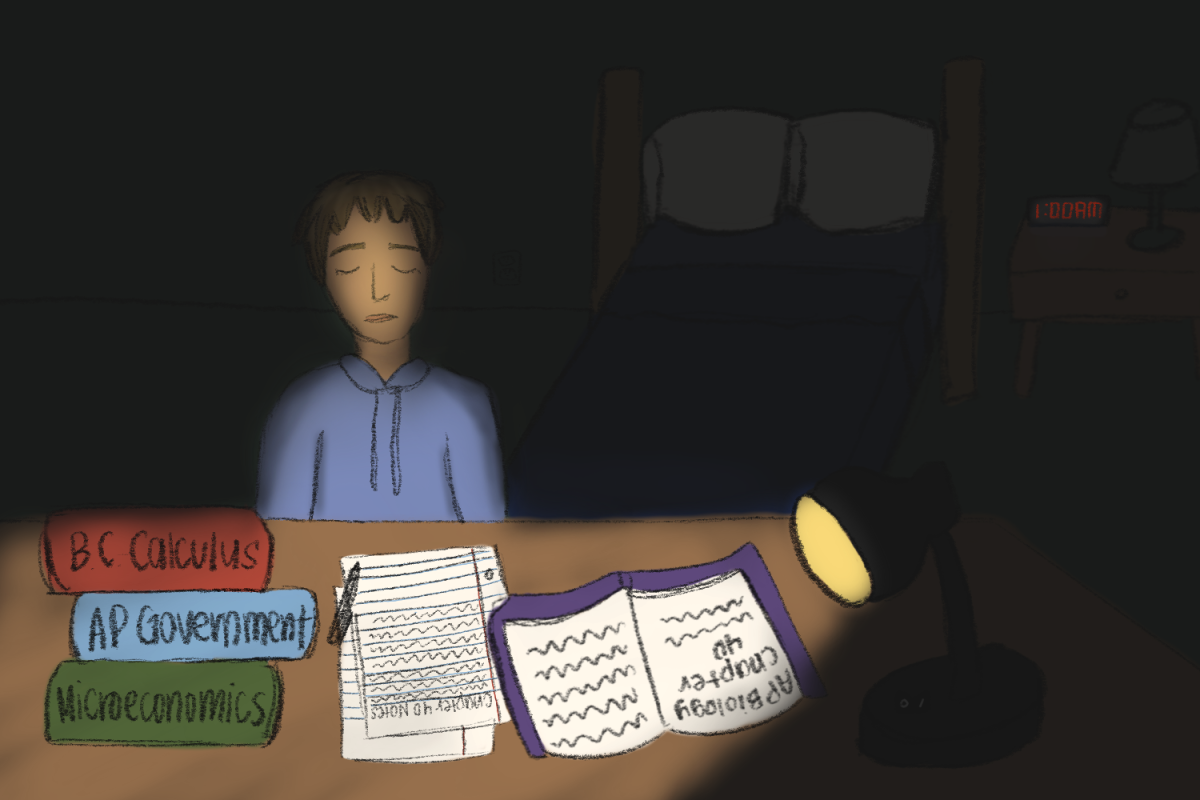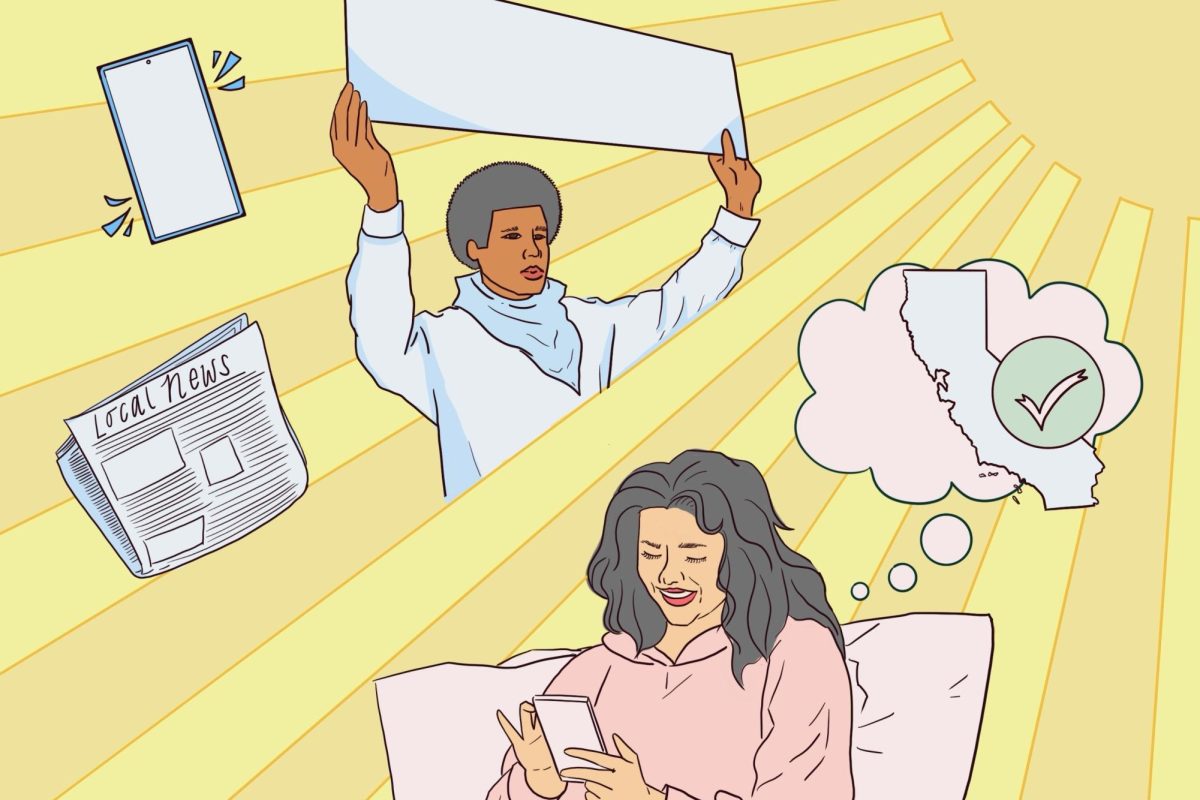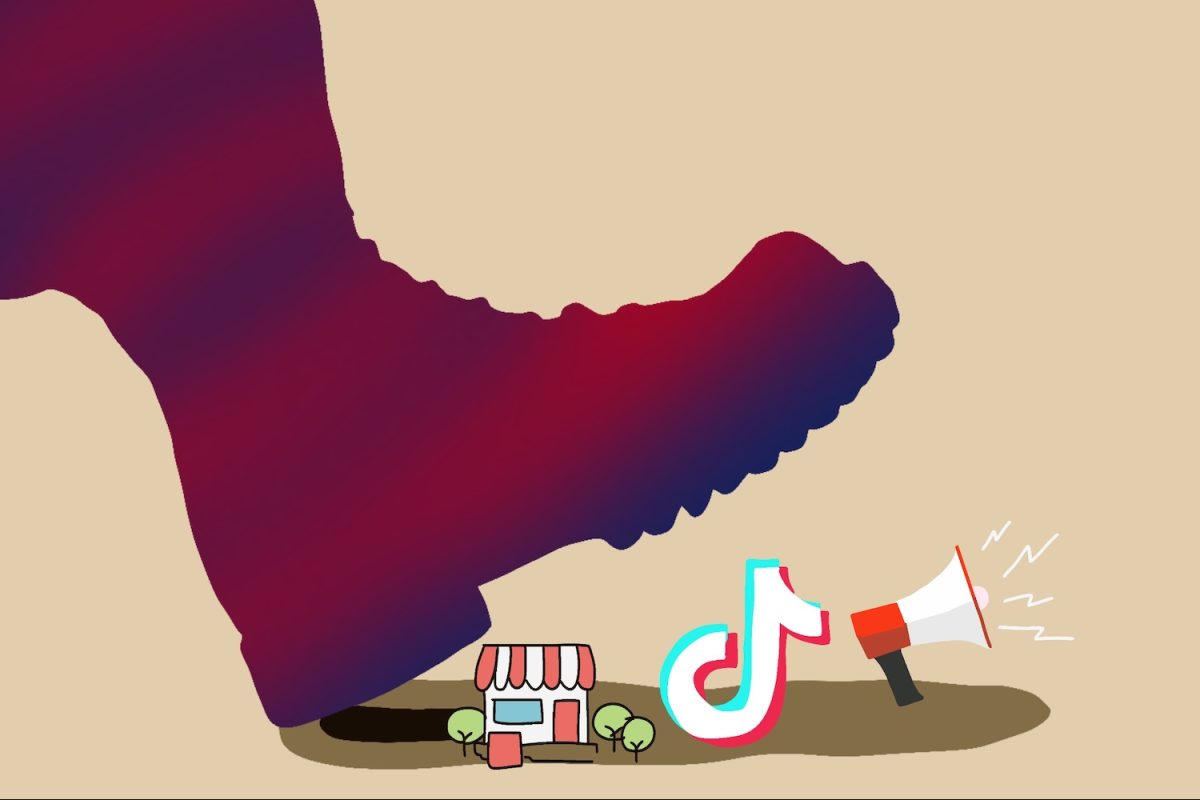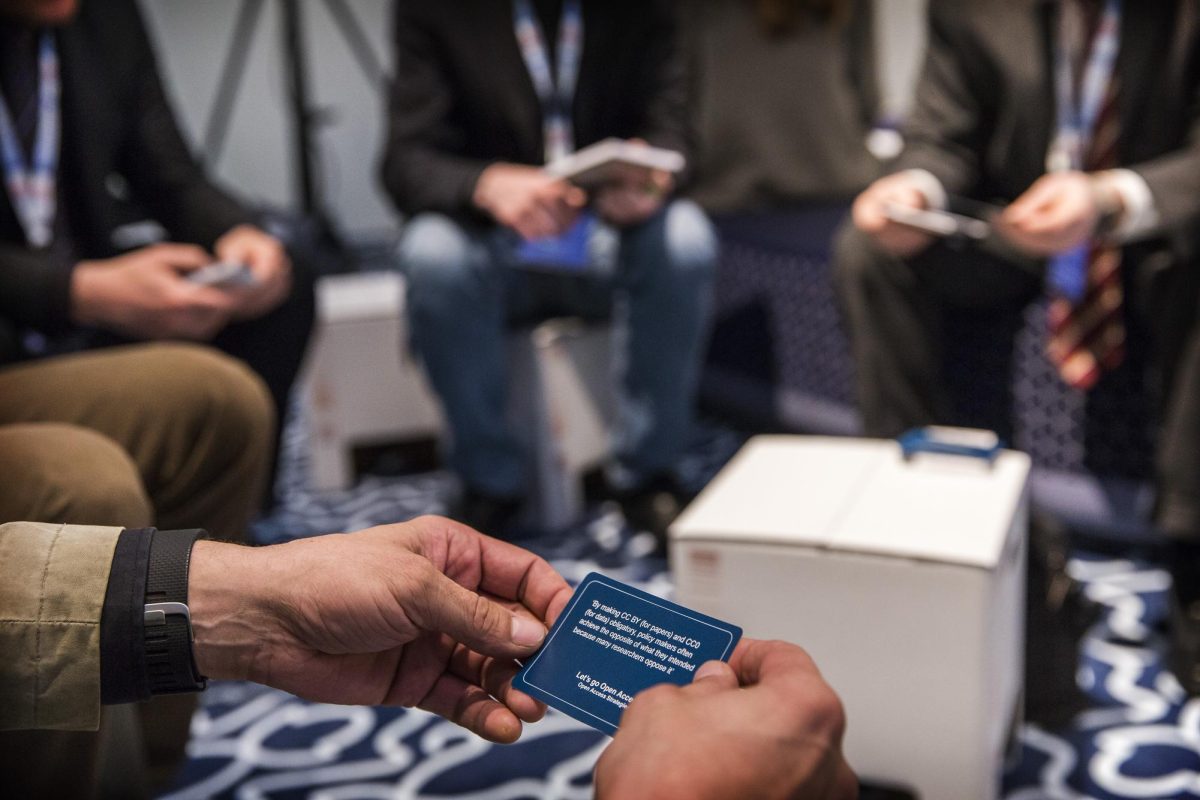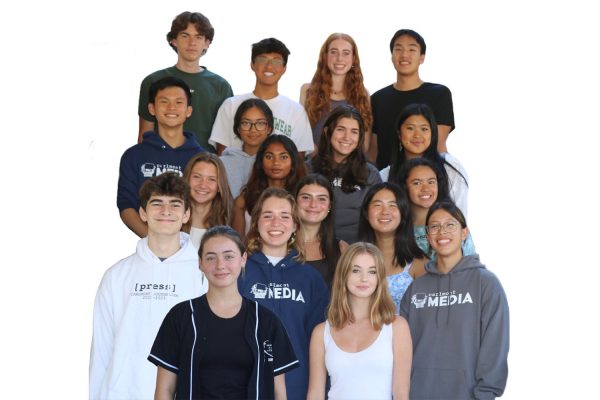You’re asked, “Hey, did you read the news?” as you’re taking a sip of your morning coffee.
“Yeah,” you respond because you have. You briefly skimmed through the New York Times’ front-page articles earlier that morning. You’ve read the news, right?
Wrong.
Whether or not all of us can relate to a situation similar to the one mentioned above, many of us can relate to skimming through the New York Times every morning to get the gist of what’s happening in the world. According to Statista, 49% of Americans believe the New York Times is a trustworthy source of information.
This, however, is a problem.
The New York Times has portrayed an image that is not consistent with the publication’s actual standards. While it has proclaimed itself as one of the faces of journalism, it is discriminatory in its viewpoints and unethical in its coverage.
There are many examples of such on display.
For one, India was the fourth country to send a spacecraft to Mars, after the United States, the Soviet Union, and the European Space Agency, respectively.
It was also the country to do so successfully on its first try and with a budget far lesser than the others.
The United States spent a grand total of $418.6 million. Russia’s Soviet Space Program spent $5 billion collectively, and the European Space Agency spent almost $1.3 billion.
India’s Mars orbiter, Mangalyaan, was the cheapest Mars mission in the world. It took only $73 million.
Among the thousands of voiced opinions on this matter was the New York Times, which published a cartoon (now taken down) depicting a poor Indian man knocking on the door of an “Elite Space Club,” which consisted of Russia, the United States, and Europe.
Simply put, the cartoon was made with preexisting biases and what many would quantify as racism.
Not only did the cartoon succumb to stereotypes by depicting the Indian man wearing a turban and holding on to a cow, but it also outwardly declared Indians as “poor” for sending a spacecraft on such a low budget.
The cartoon was taken down in response to public disapproval.
While the New York Times can justify its racist views under the pretext that the cartoon fell under the opinion category, if the publication truly believed it was justifiable to publish it, there was no reason for it to get taken down.
The moon mission cartoon wasn’t even the only discriminatory cartoon the New York Times has published. In 2018, the publication published an anti-Semitic cartoon depicting the prime minister of Israel as a guide dog, wearing a collar with the Star of David, leading the president of the United States.
This, too, was taken down and followed promptly with an apology for repeating the same mistakes and publishing a discriminatory cartoon once again.
There is also a fine line between a harmless opinion and an opinion that spreads a false narrative and therefore brings harm to others.
In the world of law, libel is exactly this – a false and unprivileged publication or method of defamation that inflicts harm upon a person’s reputation or occupation or exposes them to hatred, contempt, or ridicule.
Libel is one of the worst ethical violations a news publication can commit – yet the New York Times did it.
Racist opinions, albeit opinions, should not be shared and promoted on such a large scale to such a large audience, let alone by a news publication as reputable and highly regarded as the New York Times.
And this was only one example. There are many others that are still up on the website, spreading their message for the hundreds of millions of registered New York Times users to see.
For example, it is considered extremely unethical to publish pictures of dead bodies.
However, in 2021, when India was facing its highest death toll in all of the COVID-19 pandemic and its crematoriums were overflowing, the New York Times unethically published pictures depicting Indians dying, their crematoriums filled to the brim with dead bodies they could not cremate fast enough.
If this were any other smaller, less prestigious publication, such actions would be deemed unacceptable by society. However, because of the name the New York Times has created for itself, its prejudiced views and reporting get excused when there is simply no justification for its blatant discrimination.
Although readers cannot directly do anything about the discrimination and unethical reporting that taints many influential news publications like the New York Times, they can greatly influence it. An action as simple as reading less of the New York Times and supplementing information from the most renowned news outlets with information from other, smaller news outlets as well will prompt change. When the New York Times’s cartoon about India’s Mars mission was published, it was the public’s disapproval that got it taken down.
It is time the New York Times and other news outlets that have created large names for themselves were held accountable for the things they publish. All too often, large publications abuse their power and platform to publish discriminatory things, which, on top of getting excused and brushed under the rug, are extremely prone to influencing many in their large readership.
Getting news from only large publications is a surefire way to get only one side of the story, as many news outlets today are less unbiased and ethical than they claim to be. To be well-educated about a certain issue and be able to form an opinion for oneself, one must read articles published by a variety of other news outlets as well, including smaller ones and ones that tell different sides to a story.
The New York Times and other large publications are not enough.

